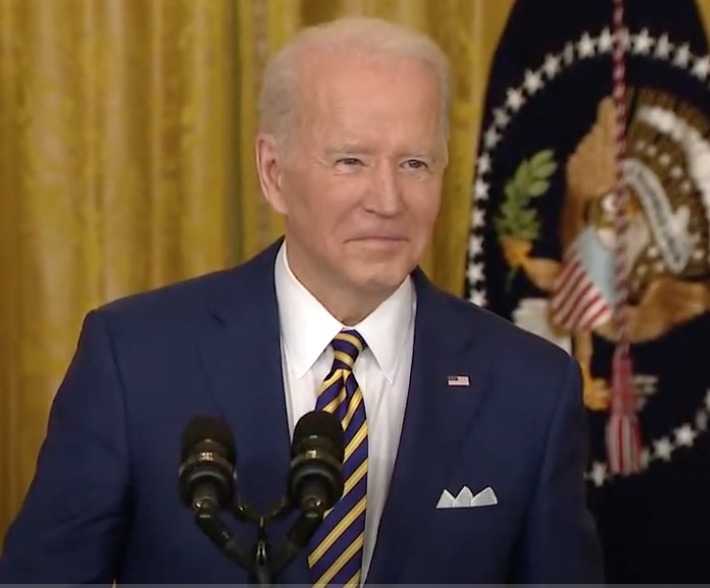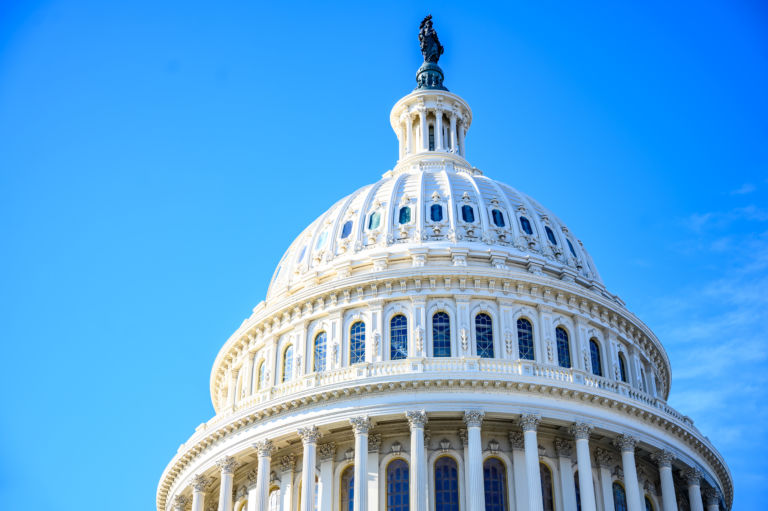New Treasury guidance on state and local Covid relief spending is a nod to government and a flippant disregard of taxpayers and small businesses.
At the end of January, the US Treasury finalized its 387-page rule governing State and Local Fiscal Recovery Funds (SLRF). These funds are a part of the American Rescue Plan Act (ARPA) passed in March of 2021.
Here are some takeaways from the new guidance:
- Treasury ignored comments requesting the funds be used for tax relief. State and local governments may be drowning in the $350 billion in federal funds, but they are prohibited from using the funds to offset a tax reduction. Some states legally challenged the ambiguous interim ruling.
Separate from the ARPA debate, 12 states including North Carolina cut taxes in 2021 due to budget surpluses. - The allowable expenditures under the rule now include increasing government employment and going beyond restoring Covid related government revenue losses. Governments can now more than replenish their lost revenue. They can add to their budgets and see a revenue gain. This sets poor precedent for using one-time money for projects that may require upkeep or indefinite funding. It shows artificial growth to a government’s bottom line.
In the same vein, a 7.5% increase in government employment levels is now considered restoration. Similar to increasing government revenues, these employees will need to be paid indefinitely with taxpayer funds. The Covid relief stimulus is a one-time boon to governments. Using ARPA funds for recurring projects or salaries is an irresponsible and disrespectful use of taxpayer money. - Governments’ spending to negate the impacts of Covid requires little accountability.
Jared Walczak at the Tax Foundation writes:
“Treasury has largely waived the requirement to demonstrate these impacts, instead assuming that just about anything designed to benefit low- or moderate-income households or communities is a pandemic response. Consequently, a wide range of expenditures in housing, education, health care, and childcare are now authorized.”
This massive federal stimulus has always been unnecessary. State and local tax revenues are up 21% from last year. But because governments could not find enough “emergency” utility for the funds, government has expanded the definition to include more spending on itself.
Treasury’s efforts to expand government spending and disallow taxpayer cuts reveals their true motive. Although the funding is wasteful, it would be best used in the hands of state and local governments without such nonsensical restrictions.


